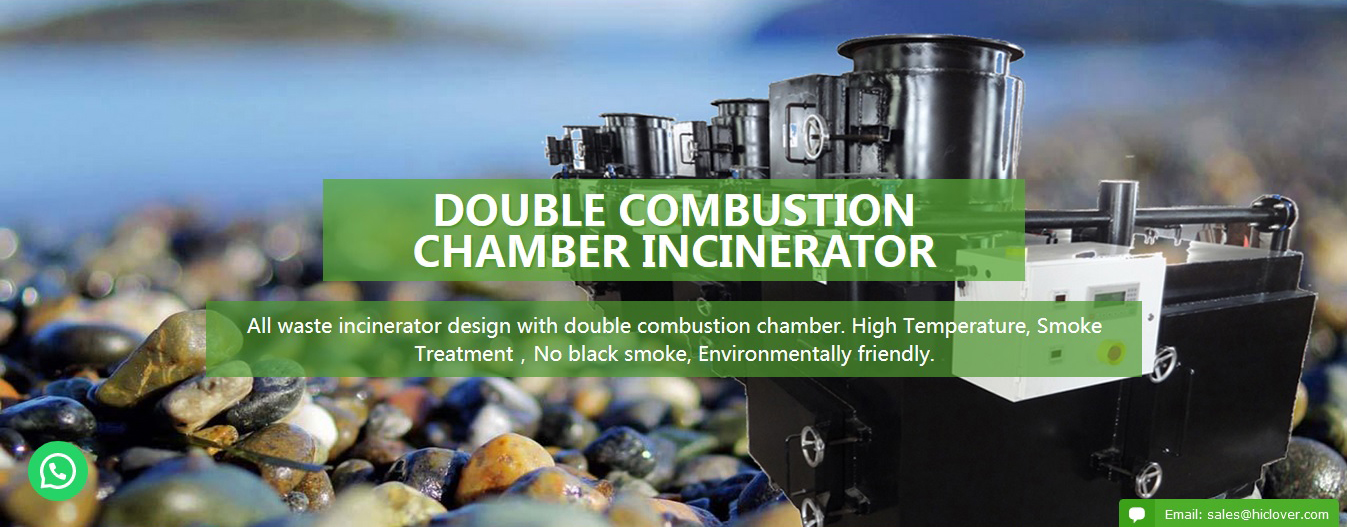Incinerate: A Sustainable Solution or Environmental Hazard?
Incineration is a waste treatment process that involves the combustion of organic substances contained in waste materials. The process turns waste into ash, flue gas, and heat, which can then be used to generate electricity. Proponents argue that incineration is a sustainable solution to managing waste and reducing the burden on landfills. However, detractors argue that incineration poses environmental and health risks. So, is incineration a sustainable solution or an environmental hazard?
Proponents of incineration argue that it is a sustainable solution to managing waste. They point out that incineration reduces the volume of waste going to landfills, thus conserving valuable landfill space. Additionally, the heat generated from incineration can be harnessed to generate electricity, which reduces the demand for fossil fuels and contributes to the generation of renewable energy. This, in turn, helps to mitigate the impacts of climate change.
Furthermore, modern incineration facilities are equipped with advanced pollution control systems that minimize the release of harmful gases and particulates into the atmosphere. These systems can capture pollutants such as heavy metals, dioxins, and furans, preventing their release into the environment. Proponents argue that these technologies have significantly reduced the environmental impact of incineration and have made it a much safer and sustainable waste management option.
On the other hand, detractors of incineration argue that it poses significant environmental and health risks. They point out that despite advancements in pollution control technologies, incineration still releases harmful pollutants into the environment. These pollutants can contaminate soil, water, and air, leading to adverse effects on ecosystems and human health.
Additionally, incineration produces ash that often contains toxic residues and heavy metals, which must be carefully managed to prevent leaching into the environment. Disposing of this ash in a safe and environmentally responsible manner represents a major challenge for incineration facilities.
Furthermore, the process of burning waste competes with recycling and composting as sustainable waste management alternatives. Critics argue that investing in incineration facilities diverts resources and attention away from more sustainable waste management practices.
In conclusion, the debate over the sustainability of incineration as a waste management solution is ongoing. While some proponents argue that modern incineration facilities equipped with advanced pollution control technologies can mitigate the environmental and health risks, detractors remain concerned about the potential impacts on ecosystems and human health. Ultimately, the sustainability of incineration as a waste management solution will depend on the continued development and implementation of advanced pollution control technologies and the adoption of stringent regulatory standards to ensure the safe and environmentally responsible operation of incineration facilities.



